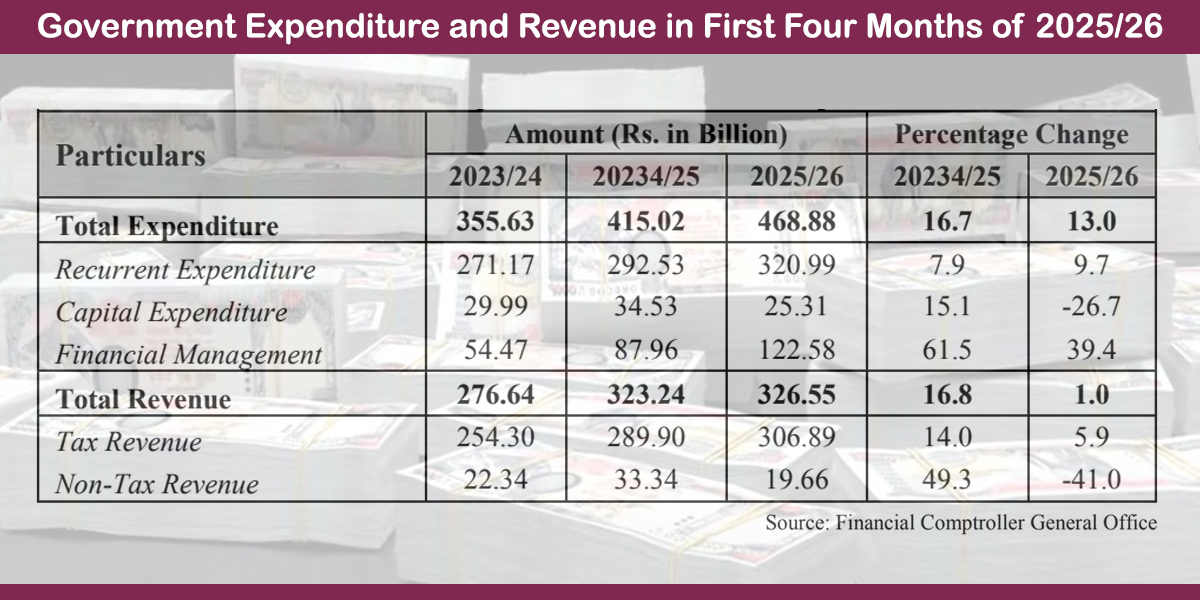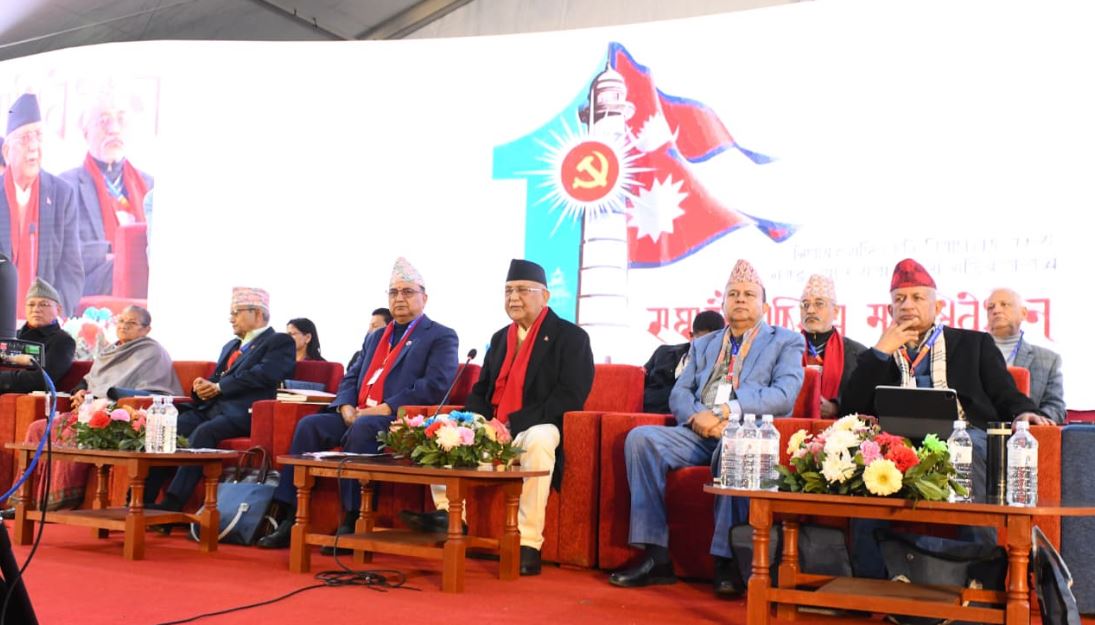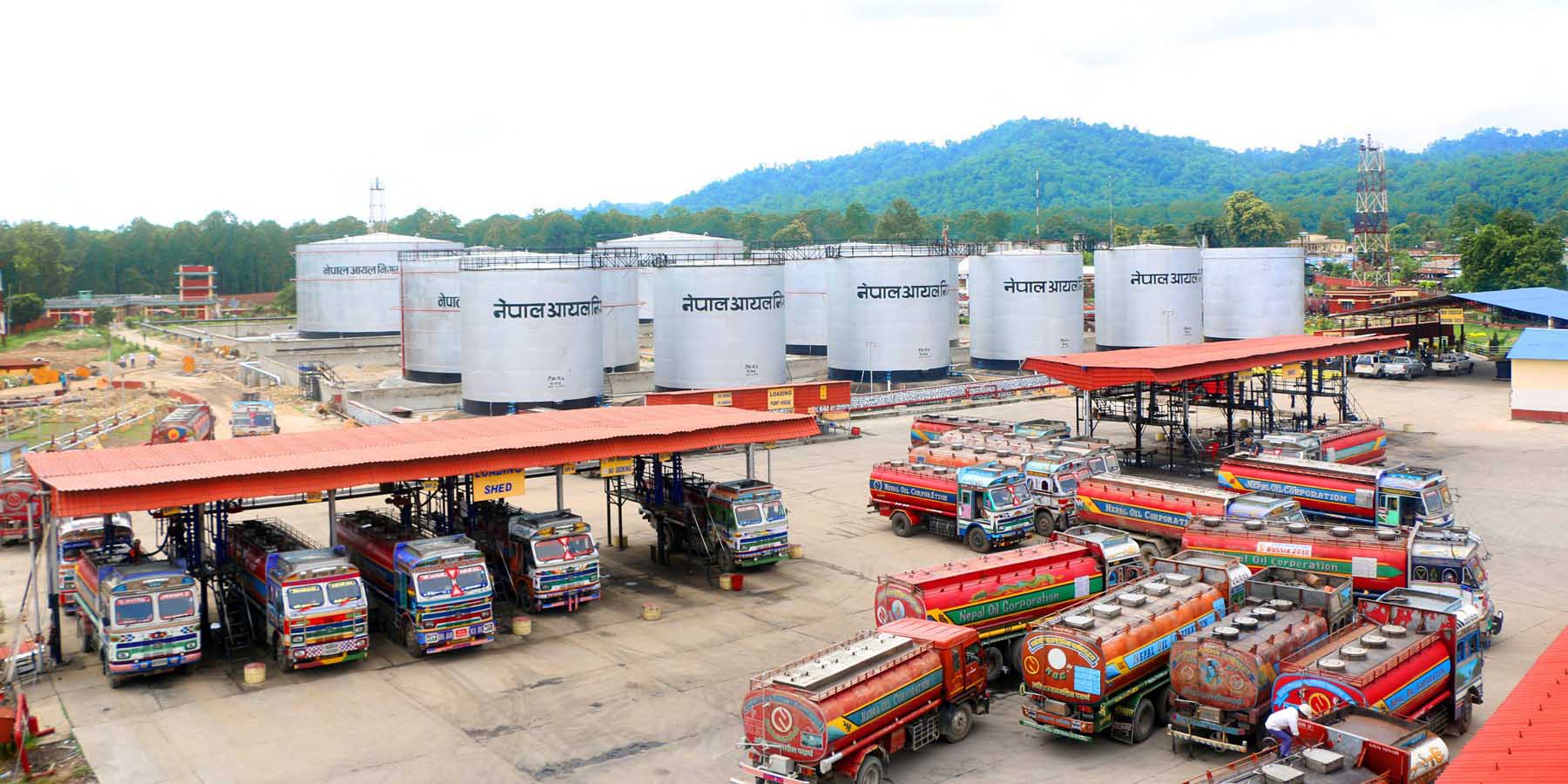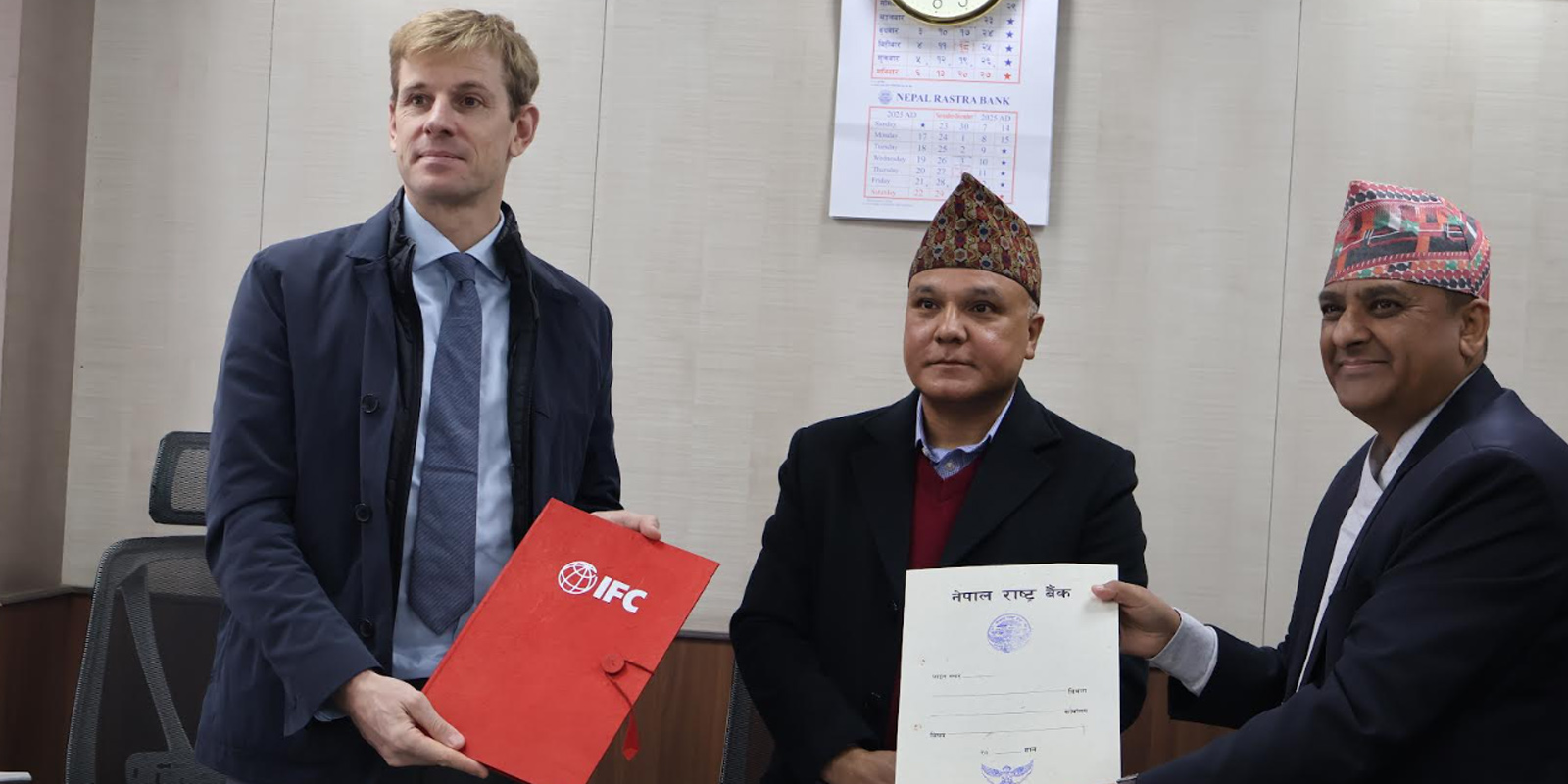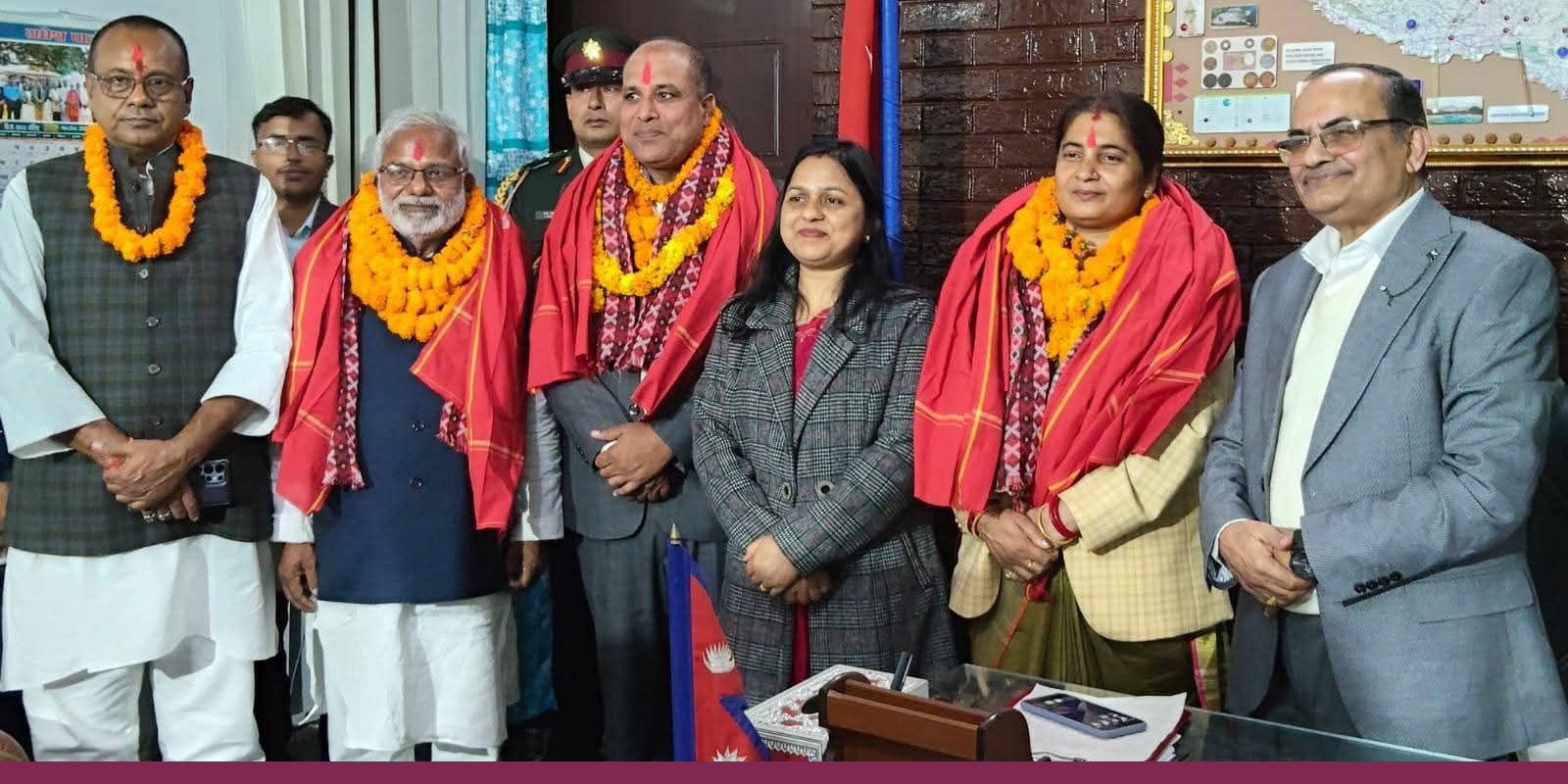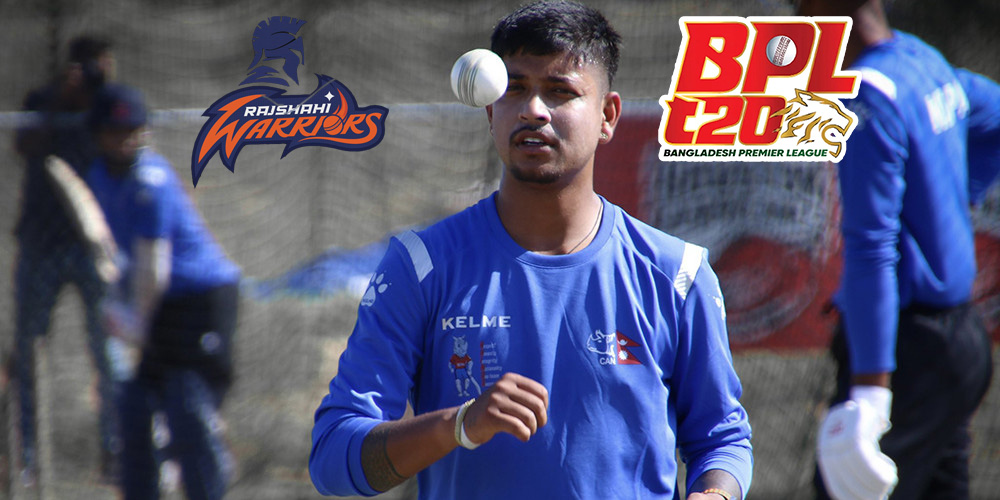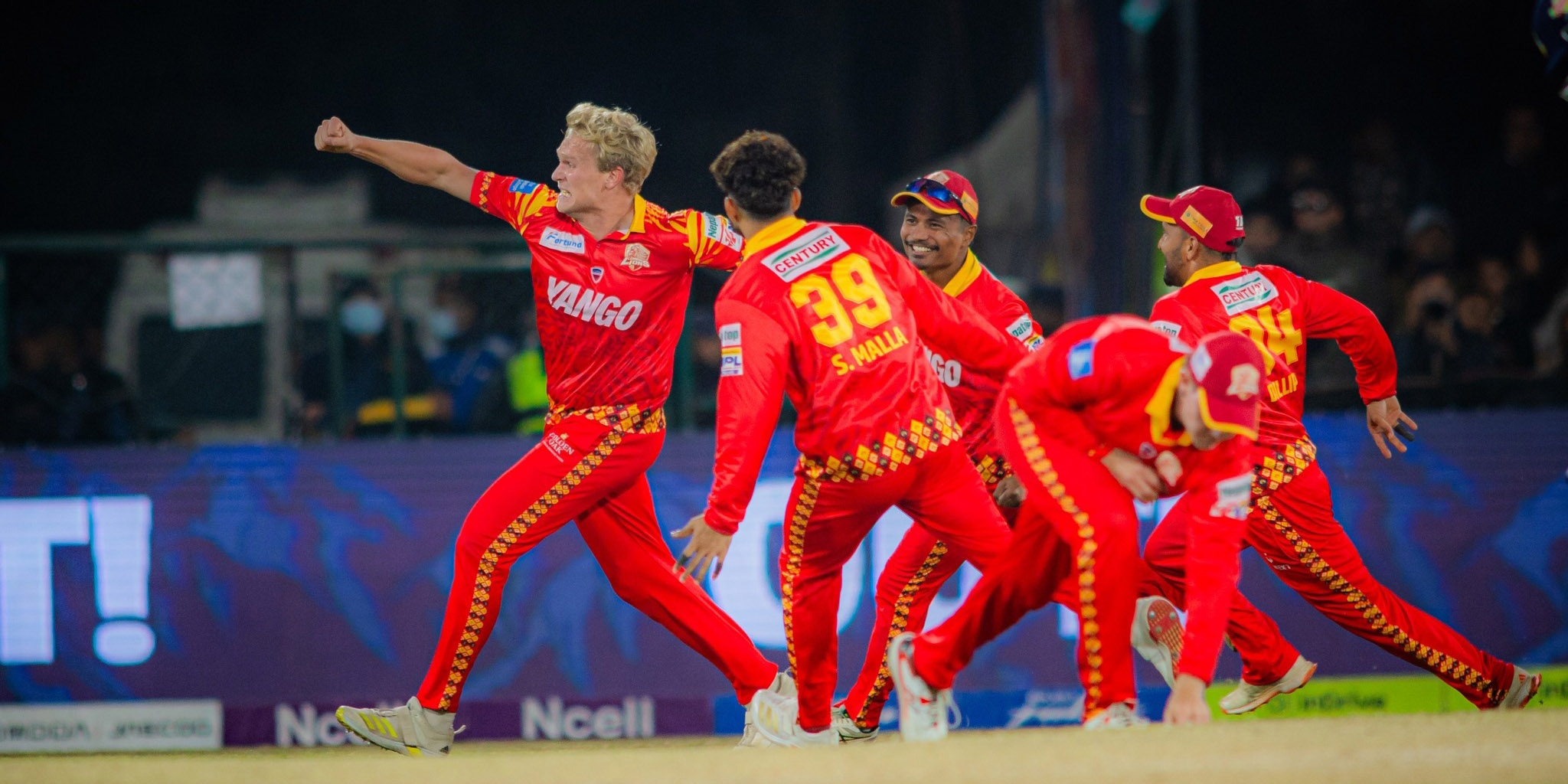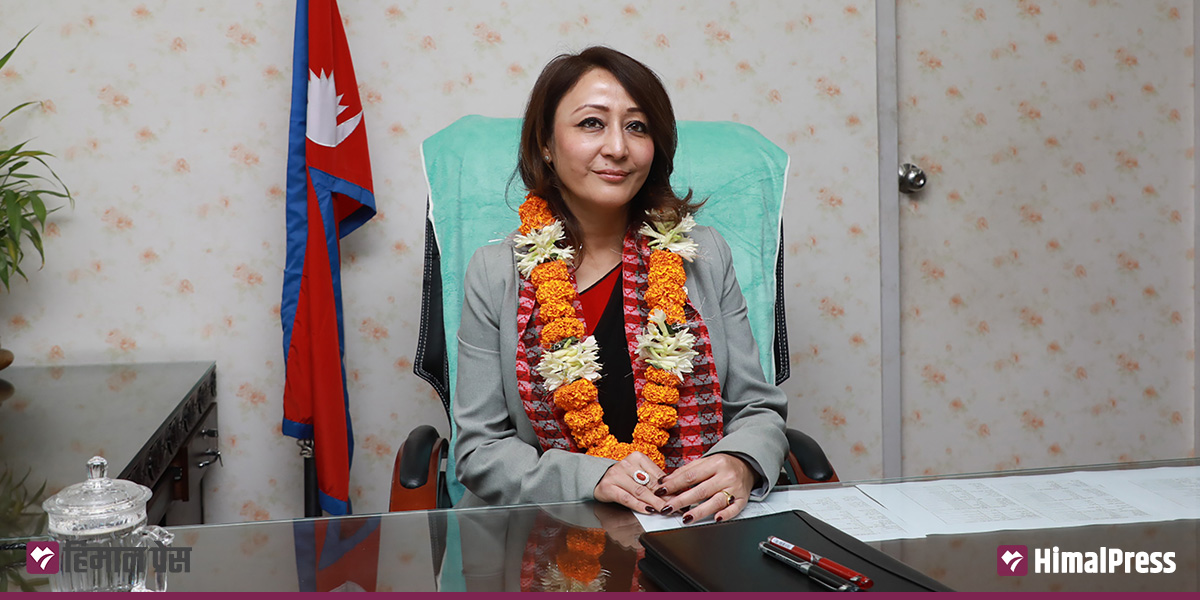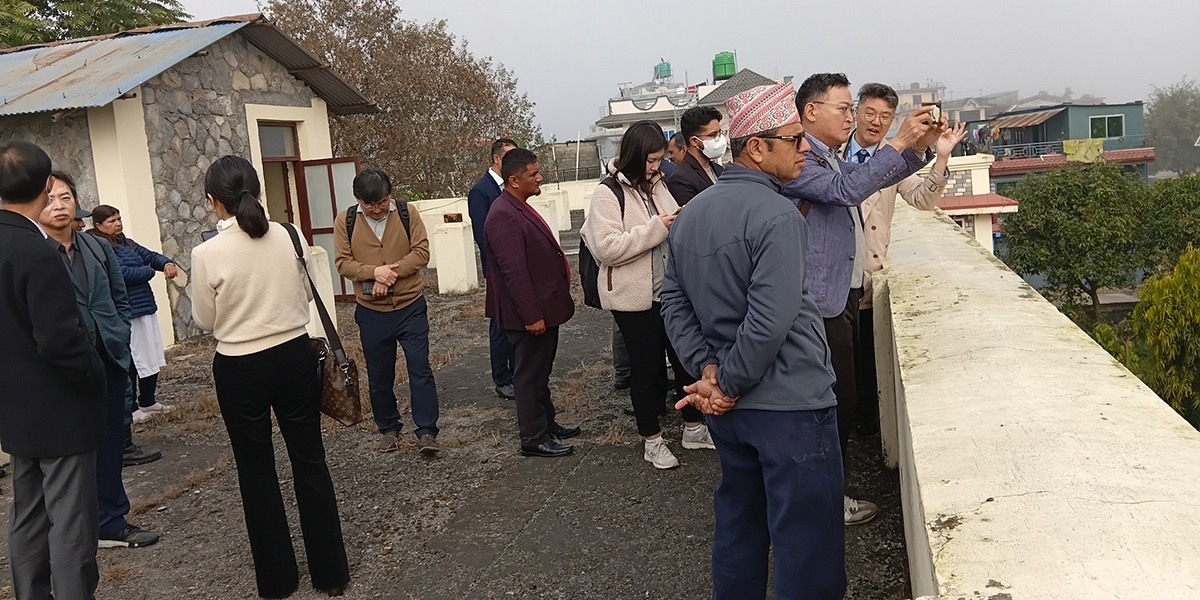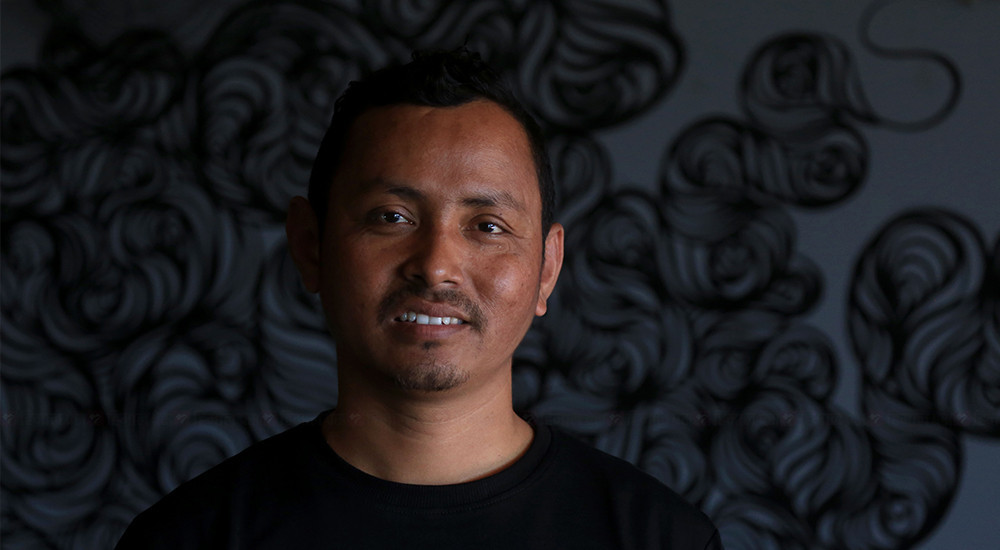
KATHMANDU: Beautiful images of Lord Buddha have come out of a rocky cliff at Kamiamakusa in Kumamoto prefecture of southern Japan’s Kyushu island. The main statue of Lord Buddha is 60 feet tall. Similarly, there are six other Buddha statues reflecting Chinese and Japanese styles.
All these statutes have been made by a six-member team of Nepali artisans led by Manjul Baraili ‘Miteri’. Other members include Chaturlal Rajbanshi, Ganesh Kumar Rai, Ram Kumar Rai, Subash Bishwakarma and Jeevan Poudel.
According to Oshima Seki Butsu Yama Trust, the Buddha statue built by Nepali artists led by Baraili is the biggest in the world. These beautiful statutes are the outcomes of hard work, devotion and dedication over six years, says Baraili
“We reached Japan at the request of the trust, and stayed there for six years to create Buddha statues on a rocky cliff,” Baraili added.
Baraili’s distinct identity
Baraili, 42, has created a distinct identity as a skillful sculptor. He was born to a poor family in Miklajung Rural Municipality of Morang. Though his parents were poor, they had realized the importance of education and hence enrolled him at a local school. He was an average student. When he was in Grade VI, he got to know about the biography of renowned sculptor Araniko. He was greatly influenced by his biography and started dreaming about emulating his success
“I was very excited when I knew about Araniko and wanted to emulate him,” Baraili said, sharing that he had tried to create the image of a human face with the help of a sharp metal nail. “I didn’t know how sculpting is done.”
But people started liking images created by him. “This encouraged me a lot. It was a source of motivation for me to do something in sculpting,” Baraili added.
Baraili holds a Master’s degree in Nepali Literature and Culture from Mahendra Morang Campus. His dream of studying fine arts couldn’t materialize due to his financial situation which he regrets even today.
But he fulfilled his dream of becoming a sculptor through self-study. He had started making sculptures and even earning a good amount of money before he reached Grade 12.
Baraili would observe statutes erected on road intersections in different cities. “We didn’t have Internet facility in those days. So, we had to learn from statues erected on road intersections,” he said, adding: “It would have been a lot easier if we had today’s technology in those days.”
The young sculptor says he has received the full support of his family. “Though no one in my family was into sculpting, my family supported me,” he said, adding that his parents were the first to buy him sculpting tools.
He got married to Kaushila Rai in 2000. After marriage, he left Miklajung and started plying his trade in Urlabari.
The initial days in Urlabari were very difficult for the young couple. He wasn’t getting orders. Baraili was frustrated and had even made up his mind to head to the Gulf for employment. “But my wife still hadn’t given hope. She had full confidence in me and my skills. Her belief and confidence gave me extra enthusiasm,” Baraili remembers his struggle days.
He gradually started getting orders. Local organisations started buying sculptures from him for souvenirs. His reputation as a sculptor started growing gradually. He also opened a museum after his name ‘Manjul Museum’. He plans to hand over the museum to the government after making 1,000 sculptures. “I have already made 180 sculptures,” he said.
Baraili has made sculptures of personalities like Pasang Lhamu Sherpa, Laxmi Prasad Devkota, Tenzing Norgay Sherpa, Albert Einstein and Isaac Newton, among others.
How the Japan assignment came?
The Oshima Seki Buchuyama Trust had conceived the idea of carving Buddha images on a rocky cliff some three decades ago. But no one took the challenge, putting their lives at risk. The trust came into contact with Baraili through Dilip Lamichhane of Chitwan who has been living in Japan for a long time. After studying the project, Baraili brought five other artists on board and headed to Japan.
“I always wanted to emulate Araniko’s success. Though the work was risky, I couldn’t reject the proposal that came from Japan,” he said, adding that he accepted the Japanese proposal to promote Nepali fine arts throughout the world.
Baraili and his team spent six years amid the vibration of machines that worked on the rocky cliff.
“Language barrier created a problem for us. Likewise, fatigue and a hot and humid environment was a nuisance for us,” he added.
Baraili into literature and music
With the successful completion of the first project in Japan, Baraili has been getting proposals from other Japanese associations too. But he wants to do something in Nepal.
Sculpting isn’t the only thing that Baraili can do. He is involved in literary works as well. He has recently published his poetry collection named ‘Kaami’ or blacksmith. The collection, which has 38 poems, is his attempt to end caste-based discrimination and social injustice in Nepal.
He had published collections of poems and stories before this also. Likewise, he has sung about a dozen folk songs.
The government has honored Baraili with the National Youth Talent Awards in 2015. He has received over 100 awards from different organisations.
Baraili, who once was close to giving up sculpting, is now firmly established in this profession. “The future is good. Sculpting can be a good profession for those who can utilize their time and skill in an appropriate manner,” he added.

 Himal Press
Himal Press 